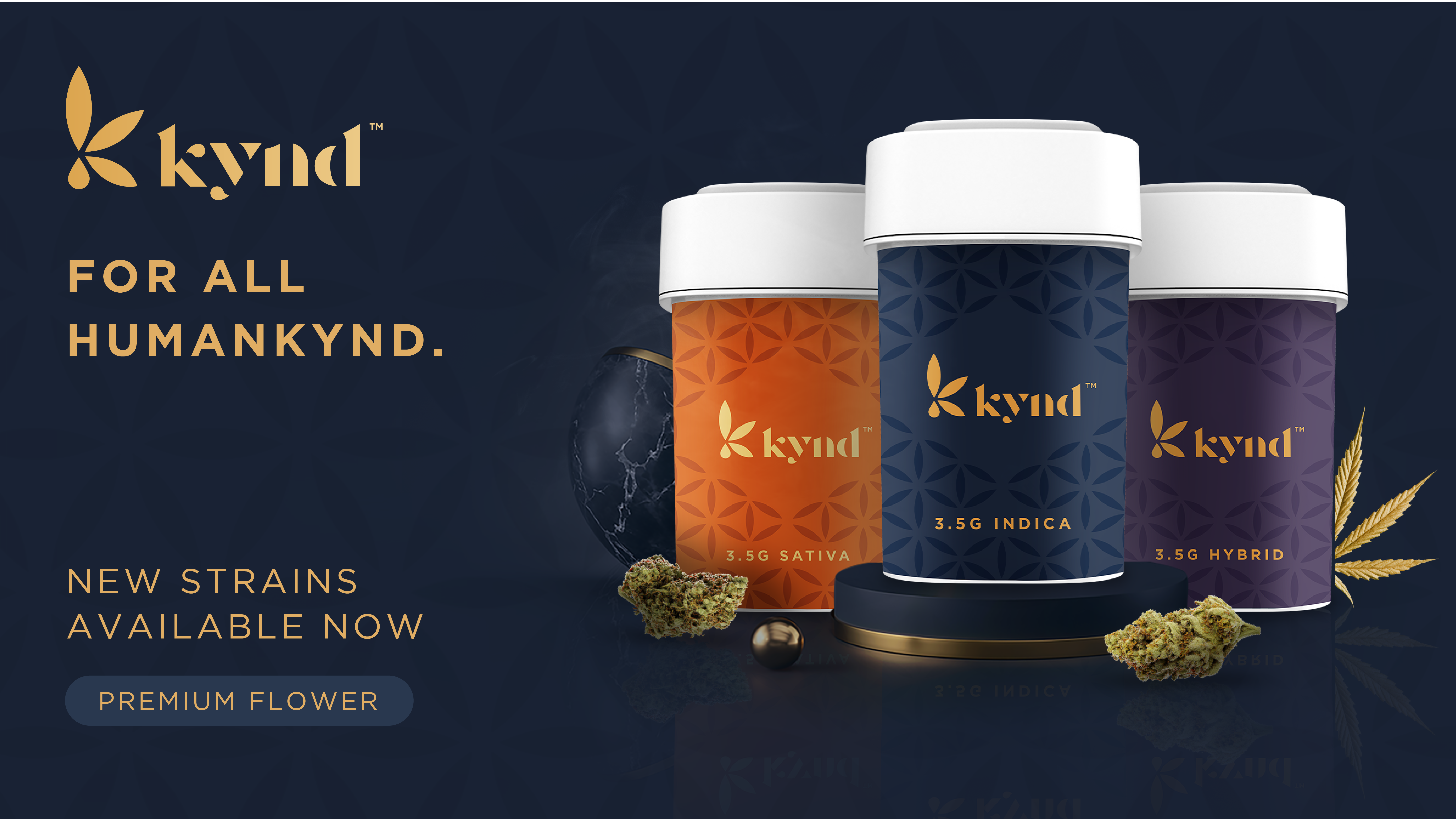Whether you choose to vape or smoke, the psychoactive effects of cannabis can depend on factors such as THC content, the plant strain, and the biological composition and tolerance of an individual person. But did you know that temperature can make a critical difference, too?
If a vaporizer is used at just the right temperatures, specific elements of the cannabis flower or concentrate are activated, or decarboxylated, to form new compounds. These new compounds produce certain flavors and effects. Set the temperature too low, and the cannabinoids won’t evaporate. Set it too high and everything burns, producing unwanted byproducts. So where is the middle? Let’s take a look at the separate components and the boiling points that release each one.
Top 10 Temperatures to Care About
The two key players here are cannabinoids and terpenes. By looking at the most prominent subsets of these compounds, you can figure out the optimum temperatures for various effects.
Cannabinoids (full definition here) are a number of chemical compounds found in a cannabis plant that interact with your body in different ways to produce unique medical benefits. The top five, each with varying boiling points, include:
- THC (tetrahydrocannabinol): The most prominent molecule of them all, THC is responsible for the “high.” Boiling point: 157˚C/315˚F.
- CBD (cannabidiol): CBD is non-psychoactive and is more widely accepted for its medical qualities, such as pain and stress relief. Boiling point: 180˚C/356˚F.
- CBN (cannabinol): This has psychoactive effects as THC does, but only mildly; its main benefit is sedation. Boiling point: 185˚C/365˚F.
- CBC (cannabichromene): A unique chemical, CBC is about 10 times stronger than CBD for stress and also has antiviral, anti-inflammatory, and antitumor properties. Boiling point: 220˚C/428˚F.
- CBG (cannabigerol): CBG has the lowest boiling point but, even at this temperature, stimulates bone and brain cell growth. Boiling point: 52˚C/126˚F.
Now for terpenes. Though not as familiar to most people, terpenes are the little hydrocarbons that give different cannabis strains (as well as other fragrant plants, like eucalyptus) their signature aromatic qualities. In cannabis, they are found in the plant’s sticky resin glands, where cannabinoids are also produced. Here are the five most common terpenes and their boiling points:
- Pinene: As the name suggests, this terpene has a pine odor and acts as a bronchodilator (that is, it opens up airways). Boiling point: 155˚C/311˚F.
- Limonene: Again, no surprises here – the citrus scent responsible for Lemon Skunk. Limonene is thought to have anti-cancer and anti-depression abilities, to name a couple. Boiling point: 176˚C/349˚F.
- Myrcene: This has an earthy, musky, almost fruity tone. Its biggest benefit is that it can increase the effects of THC. Boiling point: 168˚C/334˚F.
- Beta-caryophyllene: Also found in cloves and black pepper, this terpene has a spicy flavor and fights anxiety, inflammation, and tumors by acting on the body’s CB2 pathways. Boiling point: 160˚C/320˚F.
- Linalool: The medical upsides of this floral terpene are its supposed sedative effects, helpful for aiding sleep, psychosis, epilepsy, and anxiety. Boiling point: 198˚C/388˚F.
The Right Temp for the Right High
First of all, there’s no such thing as the “perfect high” on a universal level. But depending on your individual expectations, you can do a few complicated little equations to ensure the right components activate at the right levels. Or, you could just copy our homework:
- The mellow high: 160˚C/320˚F. This is about the lowest you can go to get any medical benefits out of your vape, and releases a good mix of pinene, beta-caryophyllene, and THC.
- The energetic high: 185˚C/365˚F. This is where to set the dial for strains with myrcene or limonene, which will catapult THC absorption.
- The sleepy/hungry high: 220˚C/428˚F. This intense indica experience unlocks CBC and linalool and is best for deep pain relief or sleep. Side effects may include increased appetite.
Choosing Your Vaporizer
Vaping has become increasingly popular among medical cannabis patients, and for good reasons. The ability to change temperature for a more tailored experience is one. For another, vapers aren’t at risk of breathing in ash or smoke, which is potentially harmful in the long run.
If you’re one of many medical cannabis patients sold on the benefits of vaping, the next step is to choose a vaporizer – and you’ve got options. Different vaporizers are designed to hold concentrates, flowers, or both, which is generally a matter of preference. There are a few other things to look out for, too. These include: percolating water, through which vapor is filtered for smoother delivery; whether the device is designed to live in your pocket or on your desktop; battery efficiency; and glass durability. Don’t be fooled by complicated devices – the simpler the design and easier to use, the better.






